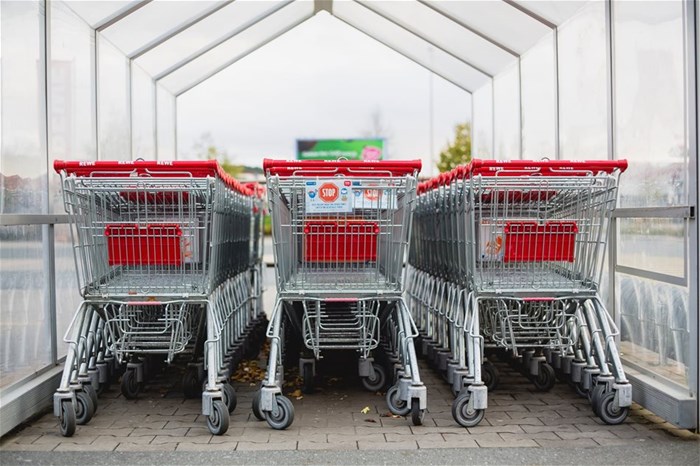
And while this is not entirely surprising, it is still great cause for concern. Consumers have been burdened by debt for some time, thanks to slow economic growth, and it’s only been exacerbated by the effect of the coronavirus pandemic and associated job losses, salary cuts and delayed Ters payments, among other grim factors.
Now with the festive season fast approaching, consumers are likely to feel the financial strain even more acutely. “There is no denying that consumers are taking great strain in the current market. Adding to debt now will only make things harder in the long term. But that doesn’t change the fact that expenses do come up, whether planned or not,” says Teljoy sales and marketing manager Aimee Miller, adding that, while buying items outright on high-interest credit options is a solution, it is both risky and hardly in the consumer’s best financial interest.
For thousands of consumers this means transitioning from living their best lives, often funded by credit, to survival mode. In a reality where income is under severe pressure but expenses keep occurring, it begs the question: ‘Where to next?’ Is it not time to consider more flexible, less expensive options that will alleviate the need in the short term but also ease the financial burden in the medium to long term?
For example, when household appliances, electronics or even items of furniture break, the option is usually not around whether to fix or replace it, but rather around whether the full purchase price for a replacement item will be added to a credit card or financed through a costly hire-purchase instalment plan. Yet, neither of these options is designed with the financial well-being of the consumer in mind. Miller questions why it should be necessary to opt for either one of these options when it’s common practice to purchase homes, vehicles and even cellphones on a contract that is essentially a rent-to-own model.
The rent-to-own consumer model, such as the one Teljoy specialises in, offers this kind of alternative. A range of household items can be purchased on a month-to-month contract with the option to take ownership after the predetermined rental period. This offers flexibility, she adds, and the contract can be upgraded, downgraded or cancelled at any time. Maintenance and risk cover also protects consumers should items need to be repaired or replaced.
In the US, there has been a significant shift in consumer interest in renting items such as furniture, technology, tools and even clothing and jewellery, according to findings by market research company Lab 42. Furniture is among the most popular items to rent for reasons that include temporary accommodation arrangements, expensive upfront costs or even just being keen to try something out before making a long-term commitment. The study also noted that more companies are including rental options into their offering as the consumer demand for this alternative grows.
Just recently, Selfridges and John Lewis in the UK announced that they will be adding second-hand products, rentals and repairs to their offering. While both these retailers have cited sustainability as a key reason for this move, the financial pressure consumers around the world are feeling amid the Covid-19 pandemic is certain to have influenced the decision.
“In the current circumstances, rent-to-own offers a more affordable and safe alternative, without a long-term commitment at a time when the future is uncertain,” Miller concludes.